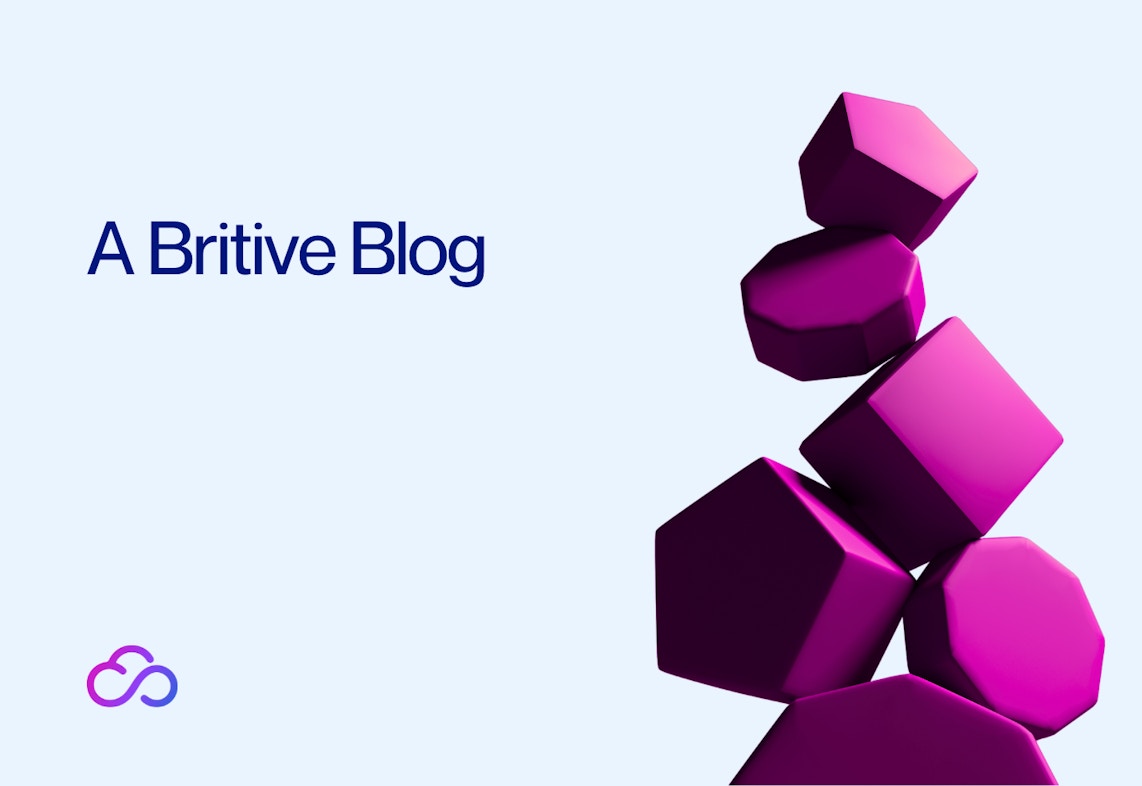


Back to resources
Learn About the Cross-Cloud Permissioning Solution Replacing Oracle Access Manager
May 2023 / 5 min. read /

As organizations grow more reliant on cloud services to satisfy their rapidly-evolving business requirements, managing identity and access across multiple cloud platforms has become increasingly complex. Oracle Access Manager (OAM), a component of Oracle’s Identity and Access Management (IAM), is one option for access control across the cloud. In this article, we’ll explain the capabilities of Oracle Access Manager and share how a platform-agnostic solution for automating multi-cloud privilege identity management can help businesses more effectively secure their identities and privileges.
Capabilities of Oracle Access Manager
As part of Oracle IAM, Oracle Access Manager includes several capabilities intended to unify identities and systems in both cloud and on-premises deployments. These features include single sign-on (SSO), multi-factor authentication (MFA), and integrated risk management and fraud prevention. OAM can be used in Oracle Cloud Infrastructure (OCI) or with traditional, on-premises data centers to provide consistent enforcement of an organization’s access policies.
Why Replace Oracle Access Manager with a Cross-Cloud Provisioning Solution?
Although Oracle Access Manager is a useful tool, modern cross-cloud provisioning systems include a number of valuable features that make them an increasingly attractive alternative. Here are four key benefits cross-cloud provisioning solutions provide.
Seamless integration between OCI and other cloud platforms
The more diverse an organization’s multi-cloud landscape grows, the more challenging privilege visibility becomes. Unless organizations can see what users are doing with their privileges they cannot accurately assess the risks they may pose. Cross-cloud solutions are designed to seamlessly integrate with each of the component parts of these highly distributed, multi-cloud architectures.
Centralize reporting and analytics
When risky user behavior and over-permissioned accounts go unnoticed, they make organizations an easy target for compromise. A cross-cloud permissioning solution helps organizations resolve these difficult-to-detect vulnerabilities, providing deep insight into all data access events across cloud platforms, and making it possible to spot risks among human and synthetic activities sooner. In addition, centralized reporting and advanced analytics help organizations proactively address gaps in security including misconfiguration, configuration drift, credential abuse, and insecure APIs.
Cross-cloud discovery and auditing
Cross-cloud provisioning solutions leverage a unified access model to provide visibility and insight into misconfigurations, high-risk permissions, and unusual admin activity across all SaaS, IaaS, PaaS, and DaaS solutions. The best solutions automate discovery and auditing across your cloud operations, enabling in-depth discovery and auditing of cloud accounts and privileges with minimal effort.
Unified visibility across all cloud platforms, applications, and services
For many businesses, properly configuring and maintaining a conventional or platform-specific IAM to provide visibility across a diverse network of cloud platforms, applications, and services is not a viable solution. A cloud-native and platform-agnostic solution provides a clear view across an organization's entire cloud infrastructure, easily accessible from a single pane of glass.
How Cross-Cloud Provisioning Strengthens Security in the Multi-Cloud
Cross-cloud provisioning can help businesses mitigate the risks involved in a multi-cloud approach. Here are the key features and capabilities to look for in a PAM solution.
Enforces least privileged access
Over-privileged accounts present a golden opportunity for hackers. When users have more permissions than they require to complete their work, their credentials create an unnecessary security vulnerability. Cross-cloud provisioning solutions provide a global view of user privilege across all cloud deployments, making it easier to identify users with excess privileges and right-size those privileges.
Enables JIT permissioning
Just-in-Time (JIT) permissions provide ephemeral access to sensitive resources, offering a more secure alternative to user accounts with always-on resource access. Cross-cloud permissioning supports JIT access by allowing users or applications to obtain temporary, on-demand access to resources and services when they need it, for the minimal time required. When that time elapses, permissions are automatically revoked.
Satisfies regulatory compliance obligations
Least privilege access is an essential part of ensuring regulatory compliance. Many regulatory bodies and industry frameworks place heavy emphasis on this concept, stressing the critical nature of LPA, including SWIFT Customer Security Controls Framework, Payment Card Industry Data Security Standard (PCI DSS), National Institute of Standards and Technology (NIST) Framework for Improving Critical Infrastructure Cybersecurity, Health Insurance Portability and Accountability Act (HIPAA), and the European Union’s General Data Protection Regulation (GDPR).
Streamlines DevOps processes
DevOps teams depend on frictionless access to resources in order to deliver applications that support business growth. DevOps processes require user-friendly tools with predictable performance. Cross-cloud provisioning empowers DevOps teams by automatically granting access privileges only when they are needed for as long as they are needed. Implementing a cloud-native solution significantly increases DevOps velocity while closing security gaps to meet the organization’s DevSecOps objectives.
Reduces your available attack surface with advanced data analytics
Advanced data analytics is an important component of cross-cloud permissioning solutions. This feature enables the proactive monitoring of users across multi-cloud environments and automatic enforcement of permission right-sizing, replacing uncertainty and risk with accuracy and control. Advanced analytics offer a holistic view of how roles are being used, enabling data-driven permissioning decisions that shrink your attack surface and strengthen your least privilege model.
Moving Beyond Oracle Access Manager with Cross-Cloud Permissioning
Cross-cloud provisioning is a proven strategy for enhancing security in the multi-cloud. As new technologies continue to emerge, a cloud-native platform for automating multi-cloud privilege identity management simplifies access management and protects your digital assets.
Download this guide to learn how cloud access management platforms are designed to support JIT access privileges in multi-cloud environments.

